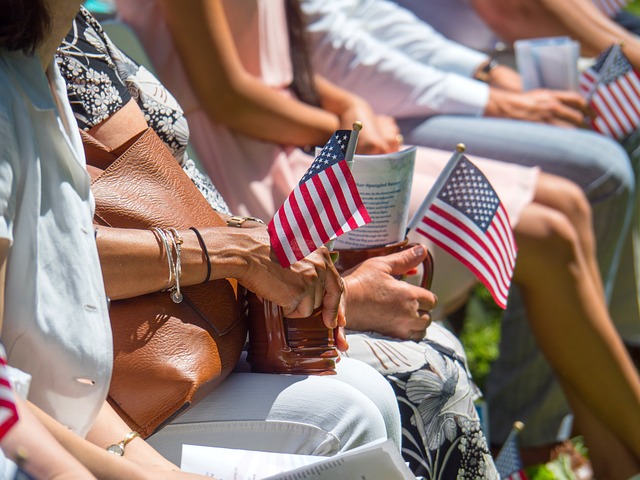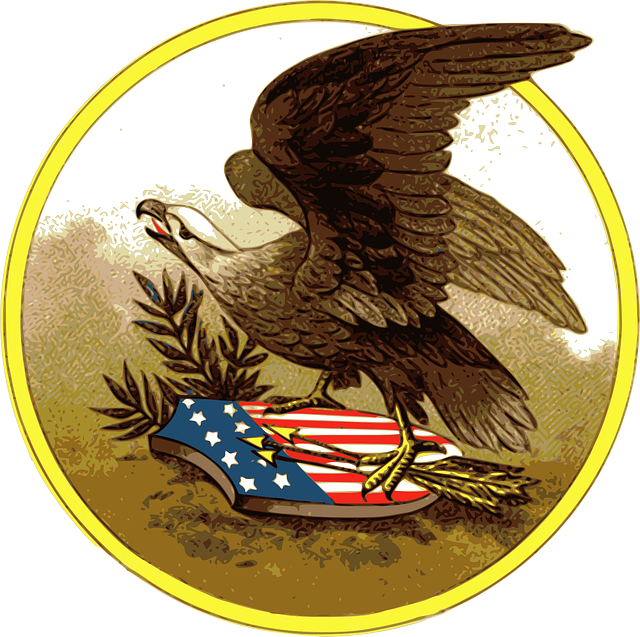The design of American stadiums and public spaces often features large-scale elements to convey grandeur and national pride, with the iconic 20×30 American flag being a central and significant emblem. The specifications of this flag size, which are adhered to within these venues, ensure it is displayed prominently for all attendees to see without diminishing its significance. This allows the flag to serve as a beacon of freedom and unity, a tangible symbol that connects individuals and anchors communal spaces with American heritage. The 20×30 American flag's grand scale and vibrant colors not only capture attention but also create a compelling backdrop for various gatherings, enhancing the emotional resonance of civic events and transforming ordinary experiences into extraordinary moments. Its presence is instrumental in fostering community engagement and collective pride, symbolizing unity in a diverse society and elevating the sense of occasion. The strategic placement of these flags within public venues underscores inclusivity and belonging, ensuring they are visible from various vantage points to maintain their respectful significance and honor their role in embodying American values and spirit.
When the roar of the crowd fills the air, a 20×30 American Flag stands as a beacon of unity and pride within stadiums and public spaces. This article delves into the impact of such flags on enhancing the patriotic spirit during civic events and their strategic design to create memorable experiences. Join us as we explore how these larger-than-life symbols not only represent American values but also play a pivotal role in the visual and emotional landscape of our shared spaces.
- Showcasing American Pride: The Ideal Size for Stadiums and Public Spaces with a 20×30 American Flag
- Enhancing Civic Events: How a 20×30 American Flag Elevates the Experience in Public Venues
- Designing for Impact: The Strategic Placement and Display of 20×30 American Flags in Large Settings
Showcasing American Pride: The Ideal Size for Stadiums and Public Spaces with a 20×30 American Flag

The scale of stadiums and public spaces in America is often designed to evoke a sense of grandeur and national pride, and one iconic symbol that epitomizes this sentiment is the 20×30 American flag. When considering the ideal size for such venues, it’s crucial to ensure that the flag is displayed prominently enough to be seen by all attendees without losing its impact. A 20×30 American flag, with its impressive dimensions of sixty feet long and thirty-three feet wide, not only adheres to the official proportions but also commands attention, standing as a beacon of freedom and unity within these expansive spaces. This size allows the flag to be respectfully large yet accessible for viewers to appreciate its intricate details from various distances.
Incorporating a 20×30 American flag into stadiums and public spaces serves as a powerful reminder of the values that the nation holds dear. It is a symbol that resonates with individuals from all walks of life, fostering a sense of collective identity and pride within these communal hubs. The choice of this particular flag size is deliberate; it respects the proportions set forth by the U.S. government while also ensuring visibility for those in every corner of the venue. Whether it’s fluttering gently in a breeze or illuminated against the evening sky, the 20×30 American flag becomes a focal point that anchors these spaces with a touch of Americana and a nod to the history and heritage that define our nation’s character.
Enhancing Civic Events: How a 20×30 American Flag Elevates the Experience in Public Venues

The presence of a 20×30 American flag within stadiums and public spaces serves as a powerful symbol that can enhance civic events significantly. This iconic size flag, often associated with respect and national pride, adds a sense of grandeur and patriotic fervor to gatherings, fostering an environment of unity and shared identity. When displayed prominently, it can captivate attendees’ attention, creating a visually striking backdrop for events ranging from sports games to concerts and public ceremonies. The 20×30 American flag becomes a focal point for community engagement, encouraging collective pride and offering a tangible representation of the values that the event aims to celebrate or embody. Its large scale and bold colors make it easily visible from afar, ensuring that it is not just an accessory but a centerpiece that contributes to the overall experience of the event.
Incorporating a 20×30 American flag into the design of stadiums and public spaces can also have a lasting impact on the perception of these venues. It symbolizes inclusivity and belonging, inviting participants from all walks of life to come together under a shared banner. This flag, when strategically placed, not only enhances the visual appeal of an event but also serves as a beacon of unity in an increasingly diverse society. Its presence can elevate the sense of occasion, turning routine events into memorable experiences that resonate with attendees on a deeper level. The 20×30 American flag thus becomes more than just a piece of cloth; it is a tangible expression of collective values and aspirations, a living symbol that adds depth and significance to civic events in public venues.
Designing for Impact: The Strategic Placement and Display of 20×30 American Flags in Large Settings

20×30 American flags serve as a powerful visual symbol in large settings such as stadiums and public spaces, capturing the attention of viewers and conveying a sense of national pride or unity. When designing for impact in these environments, it’s crucial to consider the strategic placement and display of these flags to maximize their visibility and emotional resonance. In stadiums, positioning the 20×30 American flags at key vantage points—such as along the field or just behind home plate—can create a striking tableau during nationally significant events or performances. This not only honors the spirit of the country but also provides a memorable backdrop for media broadcasts. In public spaces, too, these flags can be used to anchor ceremonial events, creating a focal point that draws people together. The design should take into account the flow of people through the space, ensuring that even those at a distance or in transit can appreciate the flags’ presence and significance. By thoughtfully integrating 20×30 American flags into the landscape of these communal areas, designers and planners can foster a sense of identity and shared experience, making every visit to these spaces an occasion to remember. The use of these flags should be both deliberate and dignified, ensuring they stand out without overshadowing the events or activities for which these venues are primarily used.
